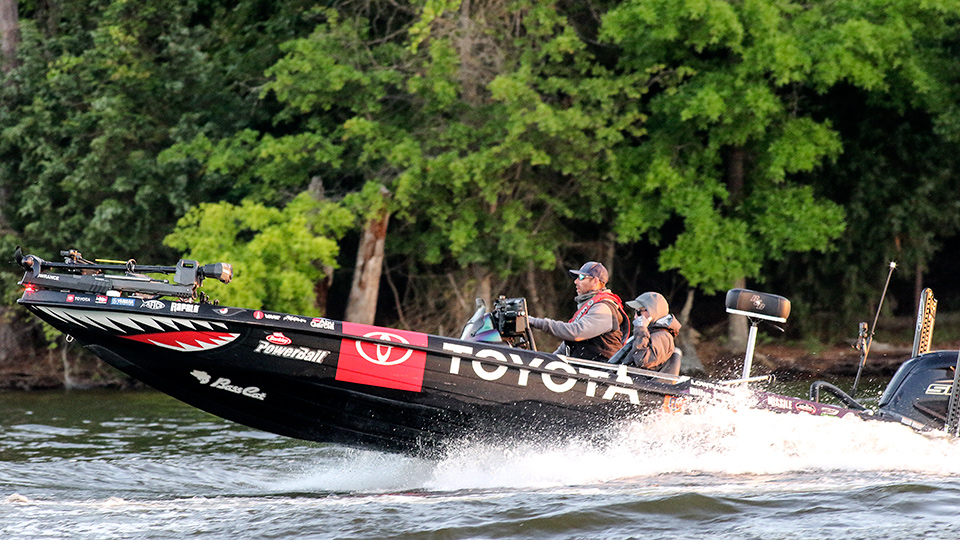
The Potomac River threw me a nasty curveball when I fished it earlier this month. The water was cooler than I expected, and I saw an unbelievable amount of shad everywhere up and down the river.
I struggled to get bites, but not because the bass weren’t there. The problem was that nature had presented the bass with an unlimited, all-you-can-eat buffet.
There is such a thing as too much bait.
This happens every autumn on lakes, rivers and reservoirs across the country. You can’t predict it by looking at a calendar. It was a few weeks ahead of schedule when I fished the Potomac in early September.
Cooler weather, shorter days and dropping water temperatures trigger baitfish to swarm into the shallows. On most waters we’re talking shad, but it could be herring, shiners or some other forage species. Most of the time you can see them dimpling and flipping on the surface. If they’re hanging deeper, the massive schools will black out the display on your graph.
The baitfish move up onto shallow flats and shoals and into pockets and creeks. Creeks that have fresh water running into them are especially good. The bass come hither to take advantage of the smorgasbord. They are so tuned into the abundance forage that they pay little attention to your lures.
I didn’t start getting bites that day on the Potomac until I employed two tactics that bail me out under these challenging conditions.
Don’t match the hatch
I’m fanatical about matching the hatch. I normally try to match the size and color of whatever the bass are feeding on. But when there’s too much bait, I go the opposite route. I tie on baits that don’t match the baitfish in size or color. The color is more important than the bait’s size.
For example, say I’m going into a pocket and halfway back I encounter 3- to 4-inch shad as far as I can see. They look like diamonds flashing on the water.
To catch bass in this scenario, I tie on lures in super bright shock colors. I love bright chartreuse, hot pink, blaze orange and lime green. Baits in these colors are so bright they’re like neon signs to a bass.
I fish a lot of fluke-style baits in these conditions. Sometimes I use Spike-It Dye or a Spike-It Dye Marker to brighten the baits. One of my all-time favorite baits is a tandem willow Molix spinnerait in Neon Charmer, which has two glaring chartreuse blades. I also like the Mud Vein color. It has a gold blade in front of a bold orange blade.
I also throw topwaters, crankbaits and jerkbaits in shock colors. The Rapala X-Rap jerkbait in the chartreuse Clown color is a killer. Bright colors help your baits stand out from the thousands, maybe millions of baitfish swimming about.
Location
You obviously want to be where the bait is, but you don’t want to be casting into the middle of a giant school of them. It’s harder to get a bass’ attention when your lures have so much competition, and I usually catch smaller bass when I do that.
I have more success by backing off a bit and fishing on the fringes of those mega concentrations of baitfish. This is often on the edge of a flat or point where it breaks into deeper water. Because the baitfish aren’t as thick on the fringe of a school, your lures have a better chance of getting noticed.
You’ll also catch bigger bass by fishing the fringes. Employing shock colors and fishing the fringes will keep you in touch with bass when you encounter too many baitfish. This is going on right now in the northeastern U.S. It will soon be happening in the South.
You can learn more about how I fish during the autumn baitfish blitz and in other conditions at www.mikeiaconelli.com or www.youtube.com/c/goingike.





